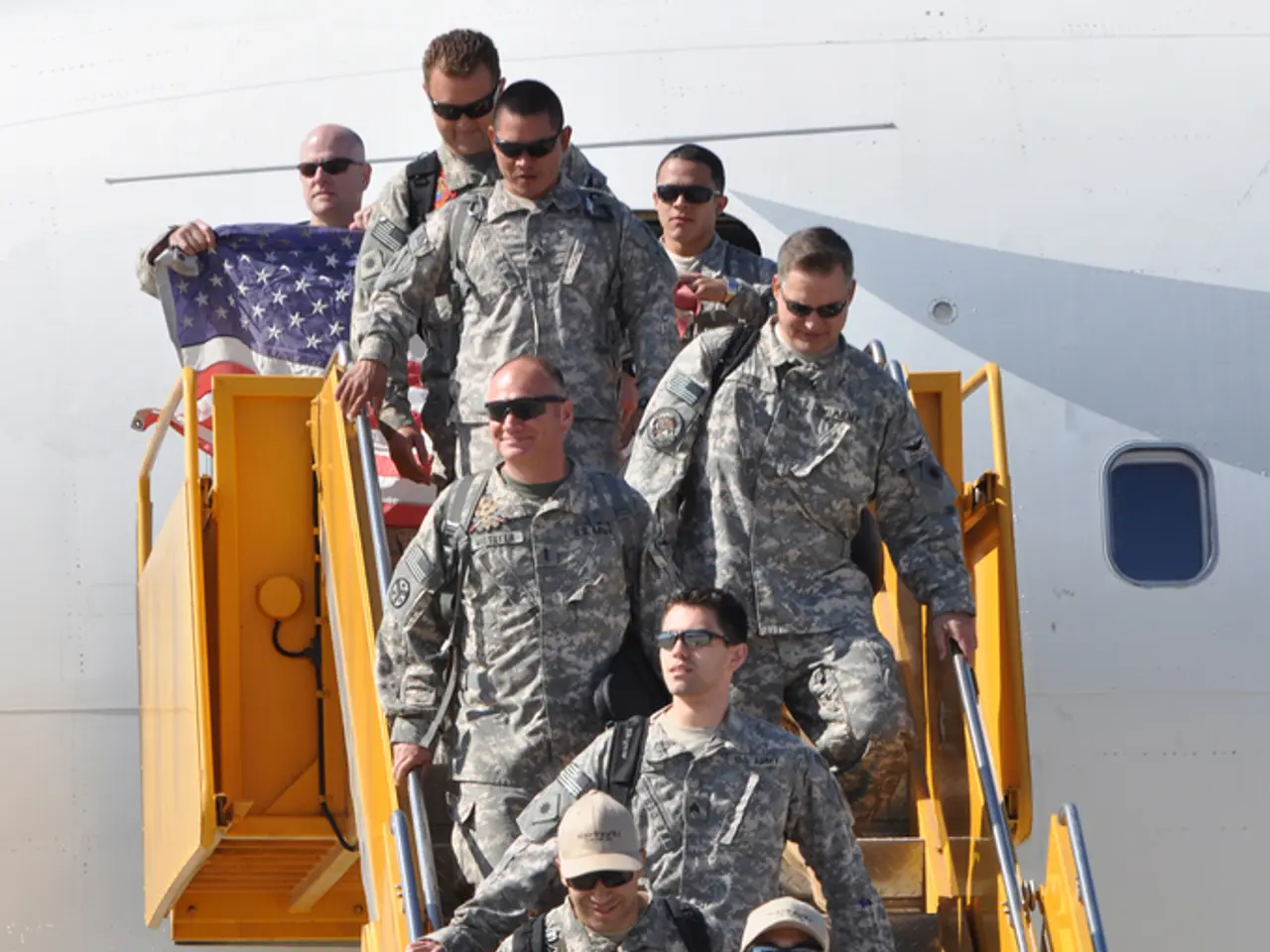Flight Number Details: Locations to Uncover Them and Their Interpretations
=================================================================
In the world of aviation, flight numbers serve as a crucial tool for passengers, airlines, and airports alike. These short strings of letters and numbers help differentiate flights and provide comprehensive, real-time information.
What are Flight Numbers?
Flight numbers are unique alphanumeric codes assigned to an airline’s scheduled flight on a particular route and date. They consist of a 2-digit airline code and up to 4 digits, identifying a specific flight and its route in an airline network. Examples of flight numbers include AA2350 (American Airlines flight from Dallas-Forth Worth to Mexico City), AS513 (Alaska Airlines flight from Austin to San Francisco), and LH2271 (Lufthansa flight from Nice to Munich).
The Significance of Flight Numbers
Flight numbers play a crucial role in identifying and tracking specific airline flights. Their significance includes:
- Identification: Each flight number is unique to a specific route and schedule, allowing passengers, airlines, and airports to distinguish one flight from another.
- Tracking and Status Updates: Flight numbers serve as the primary reference to check real-time flight status, including departure and arrival times, delays, gate changes, cancellations, and aircraft location.
- Operational Efficiency: Airlines and airports use flight numbers to optimize gate assignments, manage ground services, and reduce turnaround times by accessing real-time updates linked to that identifier[1].
Checking Flight Status
Using flight numbers for tracking and checking flight status works as follows:
- Passengers or airline staff can enter the flight number (often combined with the airline code) into airline websites, mobile apps, or third-party flight status services or APIs.
- This input retrieves real-time data such as scheduled and updated departure/arrival times, delay alerts, gate numbers, and current flight phases (en route, landed, cancelled, etc.) from official sources like airlines, airport authorities, and aviation partners[2][3].
- Keeping the flight number saved or bookmarked facilitates quick access to live updates, which help passengers adjust plans proactively, avoid missed connections, or receive notifications about disruptions[2][4].
- Flight status APIs allow developers and aviation businesses to integrate live flight tracking into apps and systems by querying flight details via the flight number and airline code, ensuring near up-to-the-minute accuracy[3].
Preparing for Lost Luggage
To prepare for lost luggage, essential items like medications, glasses, and toiletries should be packed in carry-on bags. Departure monitors can be used to confirm a flight's gate, but boarding passes usually have this information as well. Keeping ID close during security checkpoints is important, with a passport required for international flights.
Tips for Comfortable Flying
Comfortable clothes and shoes that can be easily removed are recommended for flying, especially for long flights. When checking-in for a flight, airlines typically require a ticket number, not just the flight number.
Sources
[1] FlightAware. (n.d.). What is a flight number? Retrieved from FlightAware
[2] Skyscanner. (n.d.). How to track flights. Retrieved from Skyscanner
[3] FlightStats. (n.d.). Flight Status API. Retrieved from FlightStats
[4] TripIt. (n.d.). How to track flights. Retrieved from TripIt
[5] American Airlines. (n.d.). Check-in. Retrieved from American Airlines
[6] Alaska Airlines. (n.d.). Check-in. Retrieved from Alaska Airlines
[7] Lufthansa. (n.d.). Check-in. Retrieved from Lufthansa
This article was co-authored by Greg Guiteras and Janice Tieperman. Greg Guiteras is the CEO of Lorraine Travel, LLC, a travel management company founded in 1948. He holds a BS in Marketing from Florida State University and has over 34 years of experience in corporate travel management, sales and marketing, contract negotiations, strategic partnerships, and luxury hotel sales. Greg Guiteras created WhataHotel! and CabinMate.
- The assignment of flight numbers can be compared to the unique codes assigned in the pet industry for pets' identification.
- Incorporating flight numbers into financial models for the travel industry could help predict transportation demand and optimize operational efficiency.
- Lifestyle bloggers often share tips on what to pack in carry-on bags, similar to tips for traveling with pets.
- Aviation industry growth mirrors the growth in the transportation sector, just as the pet industry has grown alongside the finance and insurance sectors.





